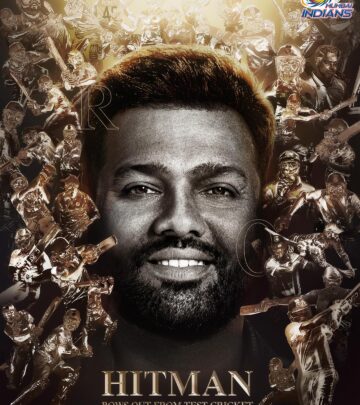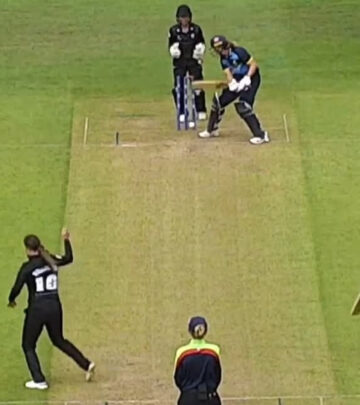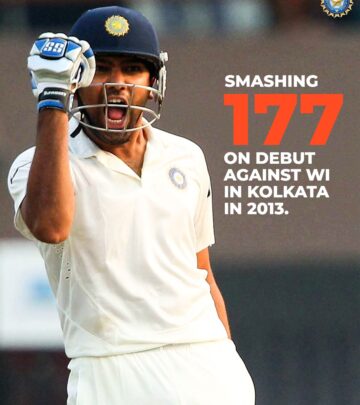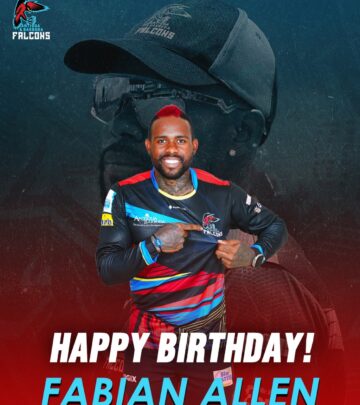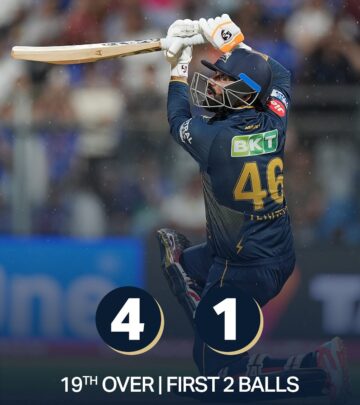Changing Fast Bowling Technique
Trust IICOR: transform fast bowling with structured training for game-ready performance!!!
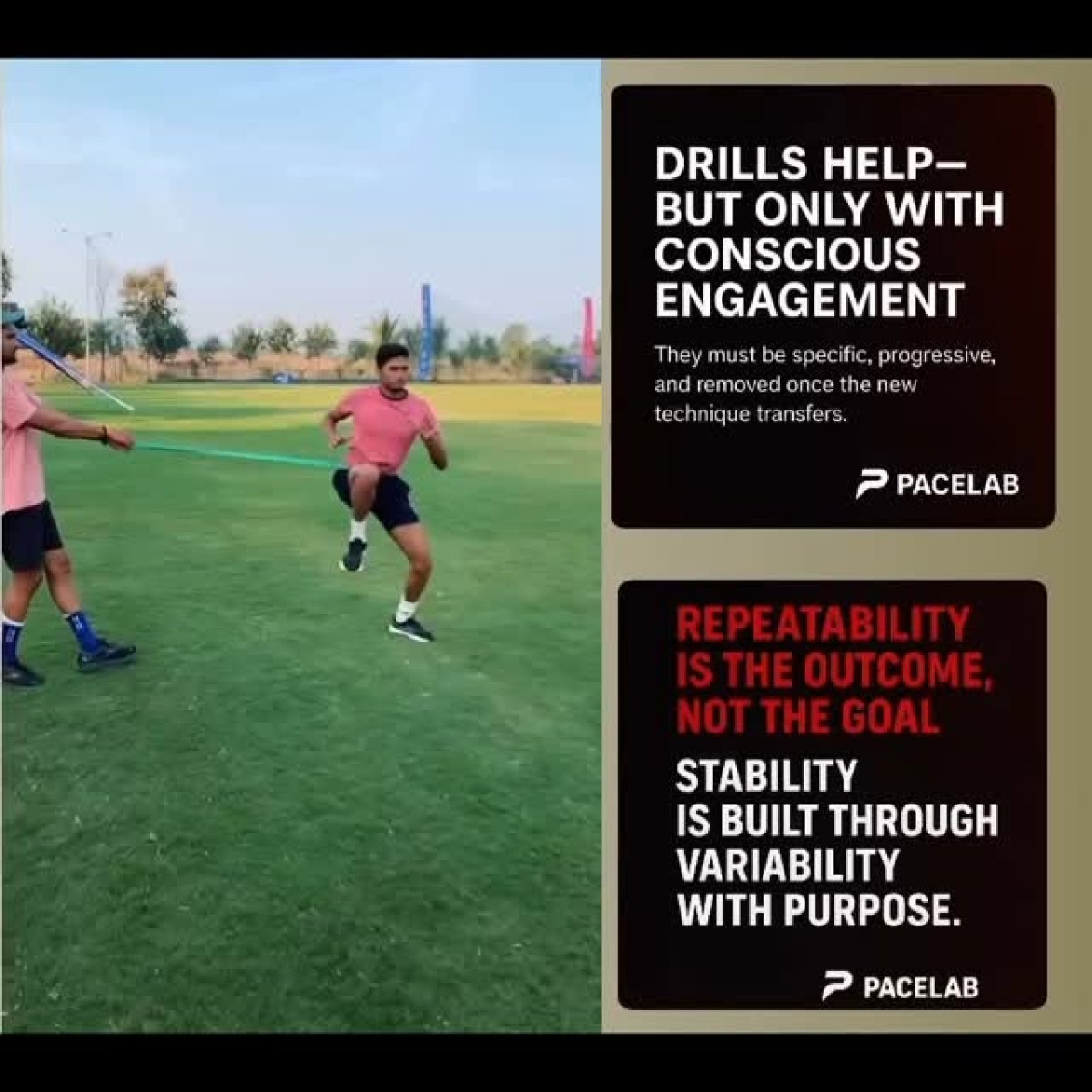
Image: Instagram
In a dynamic shift for fast bowlers, experts are now championing a process that goes well beyond cosmetic tweaks. A revolutionary training process developed with Pacelab Limited, known as the IICOR Process, is reshaping how fast bowling techniques are refined. By separating the mechanics of movement from just looking the part, athletes are now able to build a method that translates seamlessly into game scenarios.
Introduction To The Iicor Process
Changing fast bowling technique has never been easy. The challenge lies in moving past the superficial aspects that focus on appearance and delving into the mechanics that become second nature under pressure. As explained in a recent post by Steffan Jones, a prominent fast bowler recognized both on and off the field, the process demands structured, intentional changes. Steffan, whose deep involvement with Pacelab’s training philosophy is well documented, emphasizes that drills and conscious tweaks only work when underlying mechanics stabilize under stress.
The IICOR Process is broken down into five clearly defined steps. First, key flaws are identified using video analysis, performance data, and intricate performance metrics. Next, these flaws are isolated into simple, addressable movements. Then, coaches constrain the movement with targeted drills and practice environments to nudge the bowler toward an optimal pattern. Overloading the movement builds the strength and stability needed, and finally, the process is repeated with intent, gradually layering on complexity and speed.
Breaking Down The Five Phases
After the initial process, lasting change flows through five distinct phases:
1. Structural Stability – This foundation uses isometric holds and strength exercises to secure key positions.
2. Small Movement Integration – Here, low-speed drills allow bowlers to focus entirely on maintaining the proper position.
3. Supermax Grooving – Bowlers then work on slow, full-sequence bowling to build control.
4. Subprime Layering – This phase ramps intensity up to 80–100% in constrained environments to ensure the new technique transfers correctly.
5. Competition Integration – Lastly, the technique is tested under game-like conditions to ensure the bowler can execute it automatically, even under fatigue.
The emphasis is not merely on repetition but on achieving a state where the new technique becomes instinctive—performed subconsciously as the focus shifts entirely to match conditions. As Steffan Jones noted during his recent demonstration at Pacelab, “you must never think about technique in game situations. That leads to disaster.” Instead, the bowler should rely on the stability built up through rigorous, phased training.
Practical Application In Game Conditions
The process isn’t just about training hard—it’s about training smart. Drills are designed to be progressive and are removed as soon as the new technique becomes second nature. This method rejects simple repetition, a strategy some consider a recipe for fragility under pressure. Fast bowlers understand that the transformation is only complete when they can perform the complex mechanics of bowling automatically at 95–100% intensity without needing cues. If the technique begins to falter, the recommendation is to regress and rebuild.
This systematic approach ensures that the bowler’s muscular and neural systems communicate in the language of force, joint angles, and ground reaction forces. Instead of following verbal instructions alone—a method that has its limits—pacelab’s process leverages physical context through drills that enforce proper load, constraint, and eventually, motor learning. The approach is grounded in science: every delivery, every rep is a conversation between the bowler’s body and the external environment.
Steffan Jones And Pacelab Collaboration
Steffan Jones, a seasoned fast bowler with a reputable career chronicled on reliable public platforms, has been a vocal advocate of this technique refinement. His collaborations with Pacelab have previously generated buzz among cricket enthusiasts. In a prior post, he celebrated his experiences in Chennai and acknowledged the quality and innovation of Pacelab’s methods. Now, with the launch of the IICOR Process, he reinforces the notion that lasting change comes through embracing structured, scientifically backed training routines.
The impact of his work is underscored by his thoughtful commentary and practical demonstrations. Recent Instagram posts have captured his on-field activities at training camps, where he passionately displays each phase of the process. His focus is on building a fast bowling model that adapts to different in-game pressures, ensuring that every rep builds permanent, automatic change.
Final Thoughts On The Process
Ultimately, the message is clear: fast bowling mastery does not stem from robotic repetition or a single perfect movement. Instead, it is about creating a robust, adaptable mechanism that can handle the unpredictability of competition. As reiterated in the post, the path to excellence in fast bowling is a journey that requires patience, precision, and a willingness to embrace the struggle.
The IICOR Process serves as a blueprint for how bowlers can shift their mindset—moving from conscious, effortful actions during practice to seamless, instinctual performance during games. This forward-thinking training model is already changing the face of fast bowling by empowering bowlers to perform at their peak when it counts the most.
In conclusion, the future of fast bowling lies in trusting the process. By focusing on structured training, stability under pressure, and the intelligent layering of skills, bowlers can achieve a level of performance that is both reliable and game-ready. The IICOR Process challenges traditional coaching norms and positions modern fast bowlers to excel in the evolving landscape of cricket.
Read full bio of Joyce



